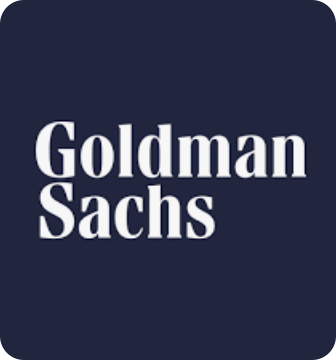$GS $SPY $EURUSD
#GoldmanSachs #USGDP #Eurozone #Macroeconomics #EconomicOutlook #GlobalGrowth #Inflation #FinancialForecast #MarketAnalysis #Investing #EuroArea #EconomicStruggles
Goldman Sachs Research is projecting a robust year for global economic performance in 2025. The firm anticipates that the global economy will see a 2.7% increase in GDP on average, a figure that reflects steady growth across several key markets. However, the firm’s analysis suggests that the United States is poised to be a standout performer within the global economic landscape. Goldman expects the U.S. to achieve a 2.5% rise in GDP, driven by a combination of consumer spending resilience, business investment, and potentially favorable fiscal policy environments. In contrast to the U.S., however, the forecast notes a challenging environment for the Eurozone, where growth is expected to be sluggish.
In further detail, the U.S. success can be attributed to a series of factors including ongoing labor market strength, relatively moderate inflationary pressures, and a supportive stance from the Federal Reserve regarding interest rates. The Federal Reserve has been meticulously balancing its monetary policies to taper inflation without stifling growth, a strategy that, as per Goldman’s insights, should allow the U.S. economy to remain buoyant well into 2025. Consumer demand, particularly in areas like housing and technology, is expected to stay robust, contributing to the overall economic boost. Additionally, a stable geopolitical environment would allow the U.S. to maintain its dominance in global markets, providing it with a further competitive edge.
On the other hand, the Eurozone faces economic headwinds that could significantly impair growth prospects. Persistent inflation, particularly due to energy prices, and the European Central Bank’s tighter monetary policy have led Goldman Sachs to forecast stagnation in the region’s GDP. Supply chain issues, which have eased in some countries, remain a considerable challenge for Europe, compounded by the ongoing uncertainty over the Russia-Ukraine conflict. Stagnant consumer spending and an aging workforce are additional factors that could pressure the Eurozone’s economic growth across the medium term. Given these complexities, investors concerned with exposure in European markets may need to consider diversification towards regions showing stronger momentum, such as North America or even certain emerging markets.
From an investment perspective, the contrasting trajectories of the U.S. and Eurozone could present distinct opportunities. The strength of the U.S. economy may buoy stock indices like the S&P 500 ($SPY), while U.S. Treasuries could see favorable demand as a safe haven asset. Conversely, the Euro ($EURUSD) may face depreciation pressures, as weaker economic activity tends to weigh on currency valuations. The shifting global economic landscape highlights the importance of macroeconomic factors when constructing portfolios, and investors may need to recalibrate their strategies based on these varied regional growth rates. As the outlook develops closer to 2025, market players will be closely watching corporate earnings, government policies, and central banks’ moves, all of which are expected to have a profound impact on asset prices and overall market sentiment.











Comments are closed.